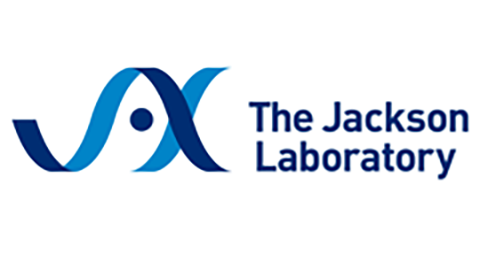
Faculty Research 1990 - 1999
Detection of obesity QTLs on mouse chromosomes 1 and 7 by selective DNA pooling.
Document Type
Article
Publication Date
1996
Keywords
Alleles, Analysis-of-Variance, Animal, Body-Weight, Chromosome-Mapping, Comparative-Study, Crosses-Genetic, DNA: an, Female, Genetic-Markers, Genotype, Homozygote, Lod-Score, Male, Mice, Mice-Obese: ge, Obesity: ge, pp, pa, Sex-Characteristics, SUPPORT-U-S-GOVT-P-H-S
First Page
389
Last Page
398
JAX Source
Genomics 1996 Jun 15;34(3):389-98
Grant
GM18684/GM/NIGMS, CA34196/CA/NCI
Abstract
The inheritance of obesity has been analyzed in an intercross between the lean 129/Sv mouse strain and the obesity-prone EL/Suz mouse strain. The weights of three major fat pads were determined on 4-month-old mice, and the sum of these weights, divided by body weight, was used as an adiposity index. The strategy of selective DNA pooling was used as a primary screen to identify putative quantitative trait loci (QTLs) affecting adiposity index. DNA pools representing the leanest 15% and fattest 15% of the F2 progeny were compared for differential allelic enrichment using widely dispersed microsatellite variants. To evaluate putative QTLs, individual genotyping and interval mapping were employed to estimate QTL effects and assess statistical significance. One QTL affecting adiposity index, which accounted for 12.3% of phenotypic variance in gender-merged data, was mapped to the central region of Chromosome (Chr) 7. The QTL allele inherited from EL conferred increased adiposity. A second QTL that accounts for 6.3% of phenotypic variance was identified on Chr 1 near D1Mit211. At both QTLs, the data are consistent with dominant inheritance of the allele contributing to obesity. The possible relationships between these QTLs and previously described obesity QTLs, major obesity mutations, and candidate genes are discussed.
Recommended Citation
Taylor BA,
Phillips SJ.
Detection of obesity QTLs on mouse chromosomes 1 and 7 by selective DNA pooling. Genomics 1996 Jun 15;34(3):389-98

